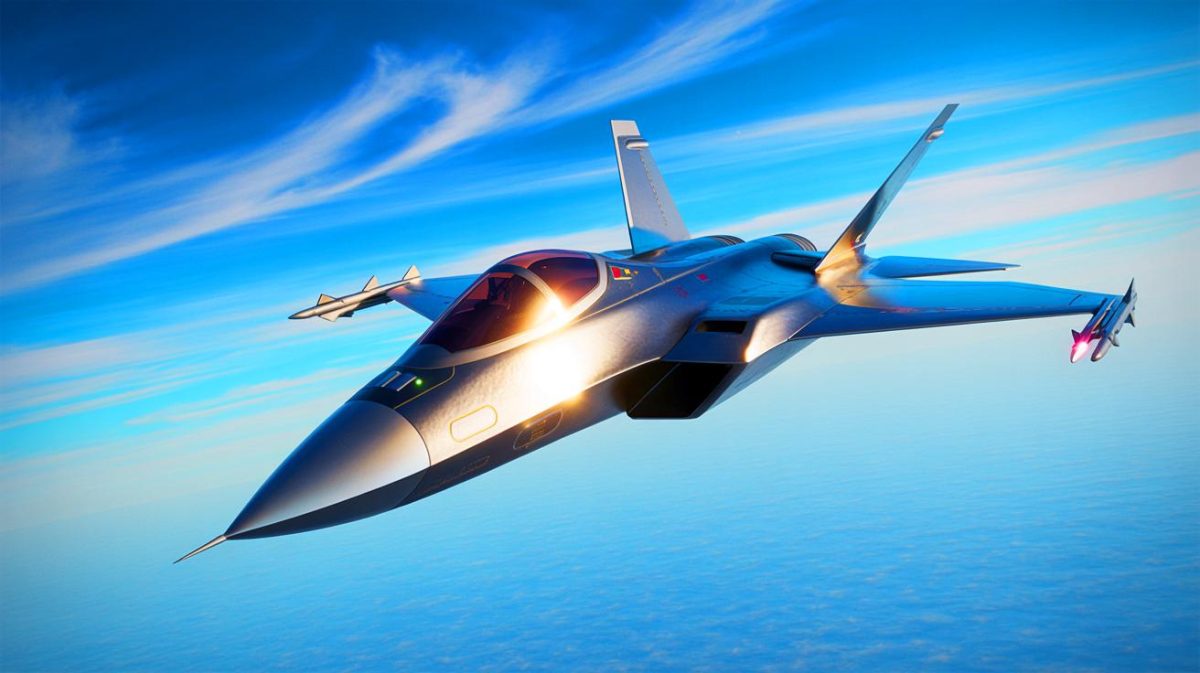| IN A NUTSHELL |
|
China’s recent revelation of the “White Emperor” fighter at the 2024 Zhuhai Airshow has stirred significant interest and speculation. The mockup of this sixth-generation fighter jet, also known as the “Baidi,” is part of China’s ambitious Nantianmen Project aimed at showcasing the nation’s aerospace advancements. While the display of such cutting-edge technology is impressive, it raises critical questions about its authenticity and strategic intentions. Is this a genuine technological leap, or is it a strategic maneuver to influence global military dynamics? This article delves into the White Emperor’s potential capabilities, design features, and the broader implications for global security.
The White Emperor Fighter: Real Innovation or Strategic Bluff?
The unveiling of the White Emperor fighter at the Zhuhai Airshow has garnered attention due to its futuristic design and potential capabilities. As a tailless, diamond-wing aircraft optimized for stealth and high-altitude operations, the Baidi represents a significant advancement in aerospace technology. This fighter is designed to operate in near-space conditions, potentially carrying nuclear-tipped hypersonic missiles and directed energy weapons. If these capabilities are realized, it could position China ahead of the U.S. Air Force’s Next-Generation Air Dominance (NGAD) program.
However, skepticism abounds. Some analysts suggest that this mockup could be more of a strategic bluff than a real breakthrough. During the Cold War, similar tactics were employed to induce economic strain on adversaries by forcing them to invest heavily in defense. The White Emperor’s true capabilities remain unverified, leaving experts to question whether it represents a genuine leap forward or a calculated attempt to provoke overspending by the United States.
Technological Features of the White Emperor
The White Emperor fighter boasts several advanced design features that underscore its potential as a formidable aerospace platform. Its tailless, diamond-shaped airframe enhances stealth capabilities, making it difficult for radar systems to detect. The elongated weapons bay is reportedly capable of housing hypersonic missiles, offering a strategic edge in potential military engagements. Moreover, the aircraft’s design includes side and upper air intakes, a dual-bogey main undercarriage, and split airbrakes or flaperons, which enhance its aerodynamic performance.
These features highlight the Chinese military’s prioritization of stealth and speed. The aircraft’s sleek, aerodynamic lines are engineered to minimize turbulence and reduce reflective signatures, enhancing its ability to evade detection. If operationalized, the White Emperor could significantly shift the balance of power in the realm of aerospace technology, posing a challenge to existing military capabilities worldwide.
Implications for Global Military Dynamics
The introduction of the White Emperor fighter has implications that extend beyond technological innovation. If this aircraft becomes operational, it could redefine strategic calculations for military powers around the globe. The potential for the White Emperor to operate at near-space altitudes with advanced weaponry raises concerns about its impact on existing air and space defense systems. This development could trigger an arms race, prompting countries to accelerate their own aerospace advancements to maintain strategic parity.
Moreover, the White Emperor’s potential capabilities could influence geopolitical dynamics, particularly in the Asia-Pacific region. As China’s military power continues to grow, neighboring countries and global powers may reassess their defense strategies and alliances. The question remains whether China’s showcase of the White Emperor is a strategic bluff or a genuine leap in aerospace technology, and how it will shape future military engagements.
The Future of Aerospace Technology
The introduction of the White Emperor fighter raises intriguing questions about the future of aerospace technology and military strategy. As nations race to develop sixth-generation fighters, the emphasis on stealth, speed, and advanced weaponry is becoming increasingly pronounced. The White Emperor represents a vision of what future air combat might entail, with integrated space-air platforms and hypersonic capabilities.
However, the path to realizing such advanced technology is fraught with challenges. Verification of the White Emperor’s capabilities remains a key issue, and the potential for strategic deception cannot be overlooked. As countries invest in next-generation fighters, the balance between innovation and strategic bluff will play a critical role in shaping the future of military power. How will nations navigate this complex landscape, and what strategies will emerge to address the evolving challenges of aerospace technology?
The unveiling of the White Emperor fighter at the Zhuhai Airshow has sparked a global conversation about the intersection of technology, strategy, and military power. While the mockup’s advanced design and potential capabilities are impressive, they also invite scrutiny and skepticism. Is the White Emperor a true breakthrough, or a strategic maneuver to influence global military dynamics? As nations grapple with these questions, the future of aerospace technology remains uncertain and full of possibilities. How will this development impact global security, and what steps will be taken to address the challenges it presents?
Did you like it? 4.5/5 (21)







Wow, the White Emperor looks like something out of a sci-fi movie! Is it really that advanced? 🤔
China always has something up its sleeve. I wonder if this is just a bluff to make others spend more on defense.
Could this be the beginning of a new arms race? The implications are huge! 😲